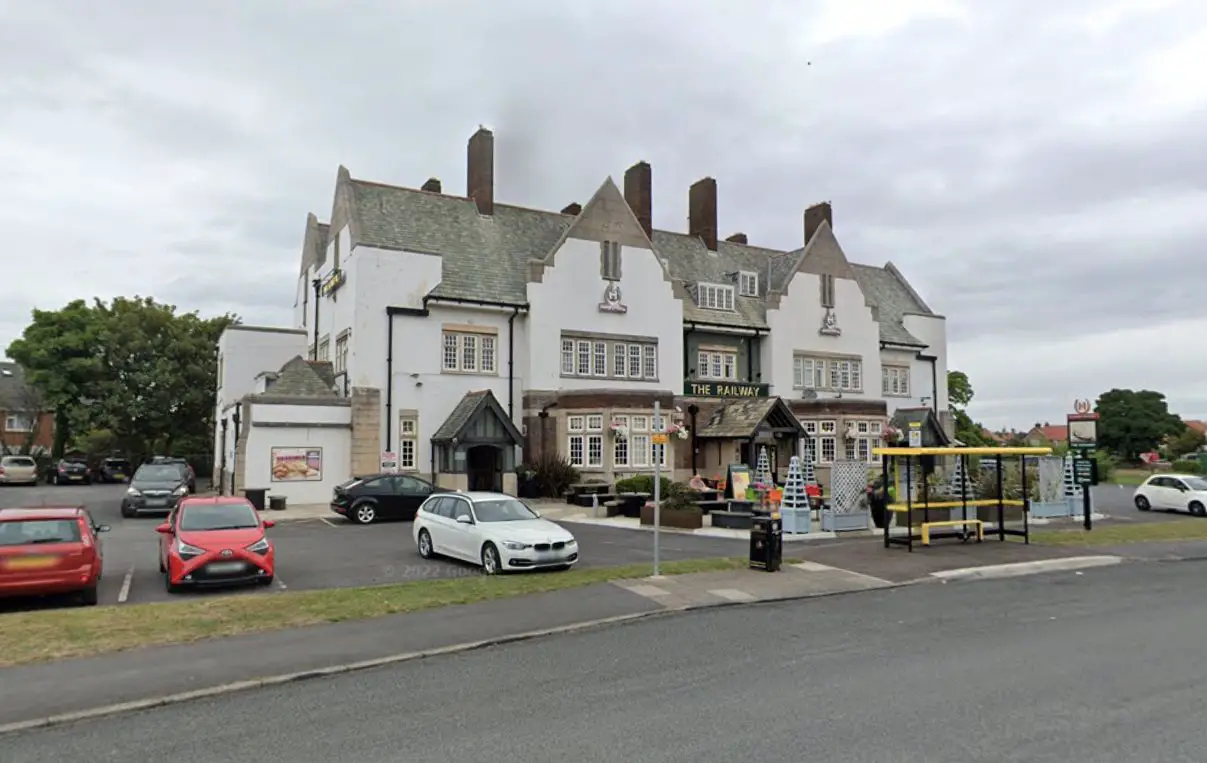Archaeologists from the University of Nottingham are investigating an ancient boat buried beneath a pub car park in Wirral, England.
The boat was first discovered in 1938 by workmen, who partially exposed the vessel at the Railway Inn pub in Meols. The workmen reburied the boat after making several notes and sketches, with no further archaeological studies conducted until now.
A closer study of the sketches suggest that the boat is a clinker design (overlapping planks), technique that developed in the Nordic shipbuilding tradition, and was commonly used by the Anglo-Saxons, Frisians and Scandinavians.
The vessel is approximately 6 to 9 metre in length and was probably a cargo or fishing vessel. Because it was buried in waterlogged blue clay, the conditions have meant that the timber used in the boat’s construction is likely very well preserved.
Normally, wood decomposes and is broken down by fungi and micro-organisms such as bacteria, but, the waterlogged conditions have meant that oxygen is unable to penetrate the wood, preventing bacteria from being able to thrive.
Dominga Devitt from the Wirral Archaeology Community Interest Company (CIC), said: “There has been intense local interest in this buried object for many years. It has been thought that the boat dates from the Viking era, but no professional investigation has ever been carried out to establish the truth, so everyone is really delighted at the prospect of what we might discover.”
Professor Steve Harding, Director of the National Centre for Macromolecular Hydrodynamics at the University of Nottingham, said: “It is not impossible that the vessel may have derived from the time the area was heavily settled by Norsemen, or if not the descendants of these people.
An investigation we did jointly with the University of Leicester has shown that a high proportion of Y-chromosomal DNA of Scandinavian origin is in the admixture of people from old families (possessing surnames prior to 1600) in the area.”
Header Image Credit : Google Maps





